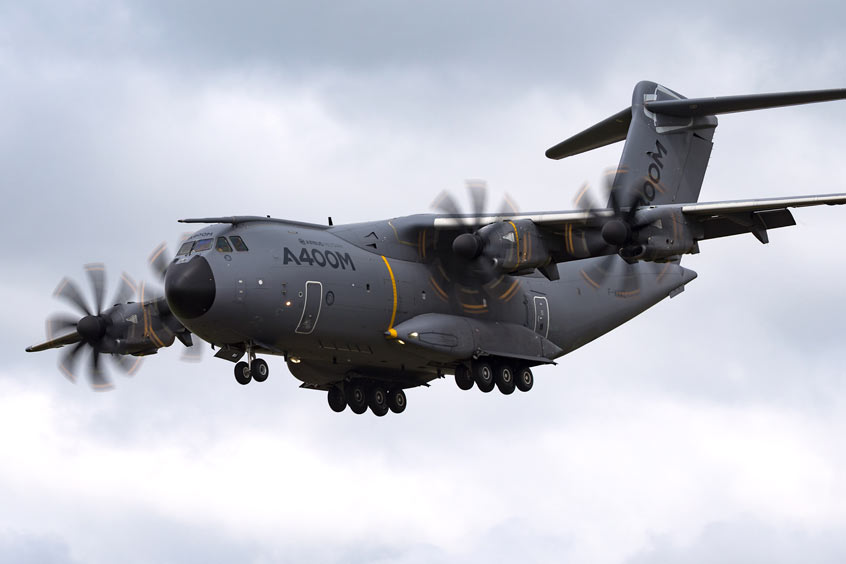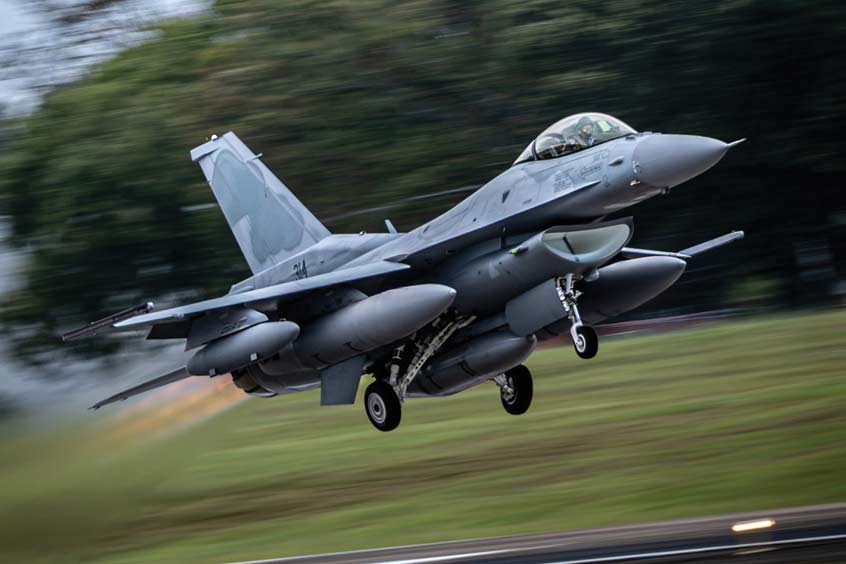Russian Helicopters has successfully tested the additional fuel tank of the Ansat helicopter for resistance to destruction during an emergency landing. Certification tests were carried out at the Kazan Helicopter Plant when a container filled with a contrast liquid was dropped from a height of 15.2 metres.
A special platform was made for testing at Kazan Helicopters. A fragment of the Ansat helicopter fuselage with an additional fuel tank installed inside the passenger cabin was dropped. A contrast liquid was poured into it, and the main criterion for the success of the tests was the absence of a leak.
An additional 195-litre fuel tank will increase the helicopter's flight range by 140-150 km - up to 650 km. This option will be in demand when making long-distance flights. For example, when it is required to deliver a helicopter to a permanent base, as well as in an air ambulance to evacuate victims. In parallel, work is under way to modernise the main fuel system, as a result of which the maximum flight range of the helicopter will increase to 800 km.
"We began to prepare for tests in 2020 and tried to maximally focus and develop all the relevant competencies at Kazan Helicopters," says Aleksey Garipov, Deputy Managing Director - Chief Designer of OKB KVZ. "Much work has been done jointly with specialists from the certification centre of the State Research Institute of Civil Aviation, Aviaregistr and Rosaviatsia. I would like to note that earlier certification tests of accident-resistant fuel systems for helicopters were carried out abroad. The tests carried out at our enterprise were recognised as successful, we managed not only to create an accident-resistant additional fuel tank for Ansat, but also to master a new type of test work."
The discharge was preceded by a number of certification works: puncture tests of the flexible tank shell, pressure tests, ground and flight tests of the Ansat helicopter with an additional fuel tank. According to their results, changes were made to the design. For example, after puncture tests, the number of layers of fabric was increased and the way they were laid was changed. In addition, bench tests for splashing and vibration, as well as static tests of an additional fuel tank, were carried out in the testing laboratory of KNRTU-KAI.
To date, most of the bench certification tests have been carried out, as well as ground and flight tests of the Ansat with an additional fuel tank. Evidence-based documentation is being prepared.
An additional tank will fit inside the Ansat passenger cabin. Its installation is possible in passenger and ambulance versions of the helicopter. It also provides for retrofitting of helicopters in service. This will require minor modifications to the aircraft.
| Contact details from our directory: | |
| Kazan Helicopters JSC | Airframer |
| Related aircraft programs: |
| Kazan Ansat |
Weekly news by email:
See the latest Bulletin, and sign up free‑of‑charge for future editions.

Saab advances digital manufacturing with autonomous fuselage

Airbus deploys Stratasys printed parts for A320, A350 and A400M

Electra kicks off Part 23 application for hybrid-electric EL9
